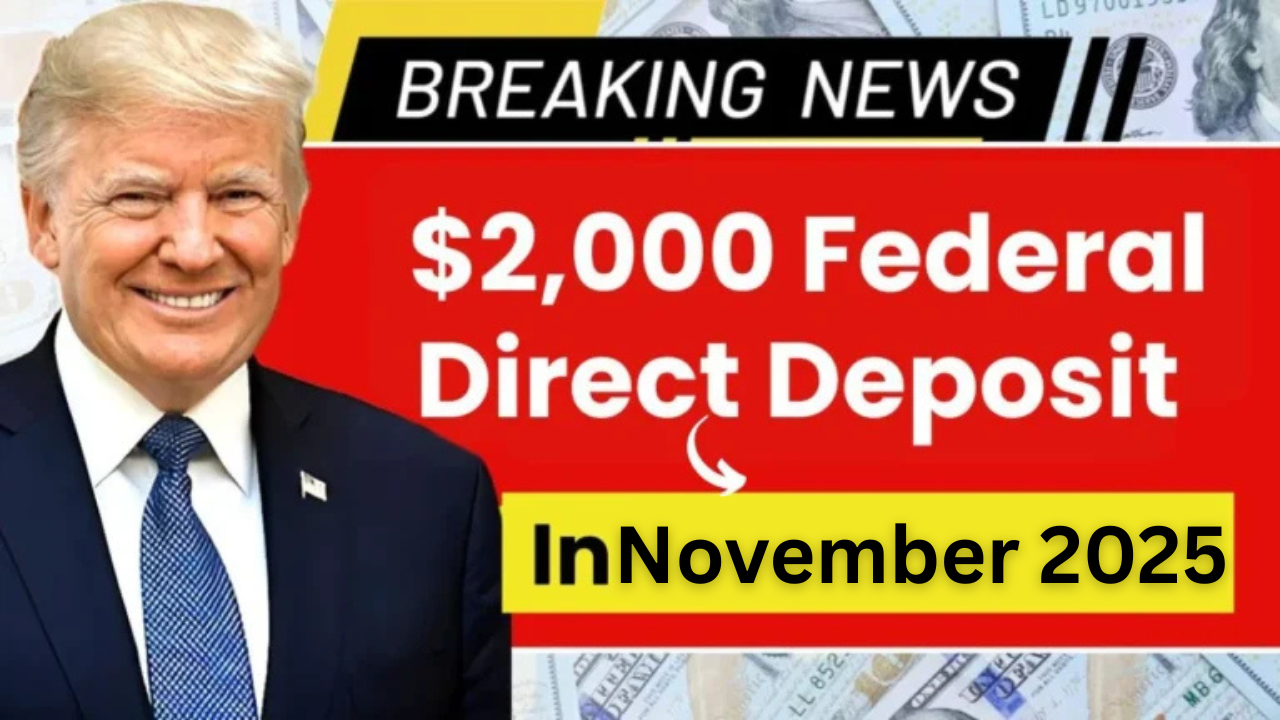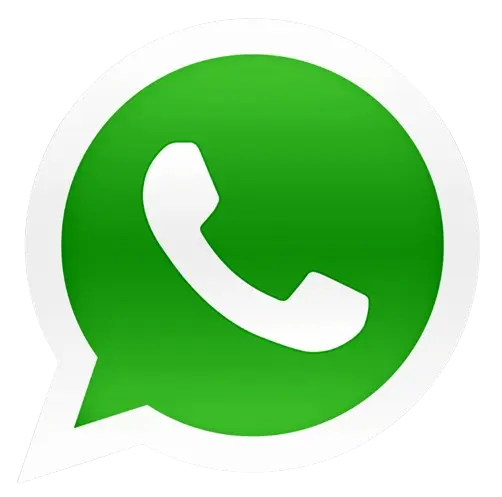As 2025 draws to a close, financial relief is once again on the horizon for millions of Americans. A $2,000 federal direct deposit payment scheduled for November 2025 promises timely assistance to families, seniors, and individuals struggling with rising living costs. From inflation to housing expenses, everyday life has become even more challenging—and this payment aims to provide much-needed relief ahead of the holiday season.
The U.S. Department of the Treasury, in collaboration with the Internal Revenue Service (IRS), is preparing to launch this direct payment as part of its ongoing effort to assist citizens facing financial hardship. For many, this deposit will help cover essential needs like groceries, utilities, or rent—giving them a sense of financial relief and stability.
Here’s a detailed guide to who is eligible, when to expect a payment, and how to ensure you receive it without delay.
$2,000 Federal Direct Deposit Coming November 2025 – Guide for Eligible Recipients
What is the $2,000 federal Direct Deposit Payment?
This $2,000 payment is a federal relief initiative intended to help eligible Americans address ongoing financial challenges through 2025. Unlike previous stimulus checks tied to pandemic-era legislation, this new round of aid focuses on current inflationary pressures and economic recovery.
The funds will be deposited directly into eligible citizens’ bank accounts—just as in previous IRS-managed relief efforts. The aim is to strengthen purchasing power and ease financial stress as the country enters a critical economic period.
According to officials, there will be no need to apply for the payment separately. If you filed your 2024 federal tax return, your eligibility will be automatically reviewed by the IRS.
Who is eligible for The $2,000 Payment?
Eligibility is determined primarily based on 2024 tax records, to ensure that payments are targeted to low- and moderate-income individuals and families.
Here are the general details:
| Filing Status | Income Limit for Full $2,000 Payment | Partial Payment Phase-Out |
|---|---|---|
| Single Filers | Up to $75,000 | Up to $99,000 |
| Married Couples (Joint) | Up to $150,000 | Up to $198,000 |
| Heads of Household | Up to $112,500 | Up to $136,500 |
Those with incomes above the phase-out limit will not be eligible. Additionally, senior citizens, veterans, and Social Security recipients are also expected to be included, provided they meet income and residency requirements.
Dependents listed on their tax returns may also be eligible for partial payments if their parents or guardians are eligible.
Payment Dates and Schedule
The IRS plans to begin distributing $2,000 direct deposits in mid-November 2025, following a structured schedule:
- November 10-16: First wave for individuals with direct deposit information on file.
- November 17-23: Payments will be sent as paper checks to eligible recipients without electronic banking details.
- After November 24: Additional batches for late applicants and corrections.
Most Americans can expect to receive their funds by the end of November 2025, depending on their payment method and banking institution.
How will payments be sent?
The IRS will use the same method used for your latest tax refund or previous stimulus payments. These include:
- Direct deposit (fastest and most secure)
- Paper check by mail
- Prepaid debit card (EIP card) for select recipients
To avoid delays, make sure your banking details and mailing address are current in your IRS account.
Will you have to Pay Taxes on This?
No — the $2,000 federal direct deposit payment is tax-free. You won’t need to report it as income when you file your 2025 tax return. It’s considered a refundable tax credit, meaning it’s an advance benefit, not income.
However, if you were eligible but didn’t receive your payment, you can claim it through the IRS Recovery Rebate Credit when you file your 2025 return.
What to do if you don’t Receive your Payment?
If your payment doesn’t arrive by December 2025, here’s what you should do:
- Visit the IRS’s “Get My Payment” tool online to check your payment status.
- Confirm your direct deposit or mailing details.
- If your payment was sent but not received, contact the IRS.
Errors like bank account closures, misprints, or filing delays can cause temporary holds, but these are usually resolved within a few weeks.
Why This Payment is Important
For many Americans, this payment is more than just financial assistance—it’s a reassurance. As wages struggle to keep pace with inflation and rising housing costs, a $2,000 payment could help keep families stable during the holidays.
It also serves as a reminder of the government’s continued commitment to supporting working families and retirees during uncertain economic times. For single parents, low-income earners, and seniors on fixed incomes, even a modest payment like this can make a huge difference.
FAQs
1. Do I need to apply for the payment?
No. If you filed your 2024 taxes, the IRS will automatically determine your eligibility.
2. What if I didn’t file a 2024 tax return?
You may need to submit a simple tax return or register through the IRS non-filer tool when available.
3. Will this payment affect Social Security or unemployment benefits?
No. This payment is independent and will not reduce other federal benefits.
4. Can I track my payment?
Yes. The IRS “Get My Payment” tool will allow you to track your deposit or check delivery status in real-time.
5. Is another payment coming after this?
There’s no confirmation yet, but further relief may be considered in 2026 depending on economic conditions.

